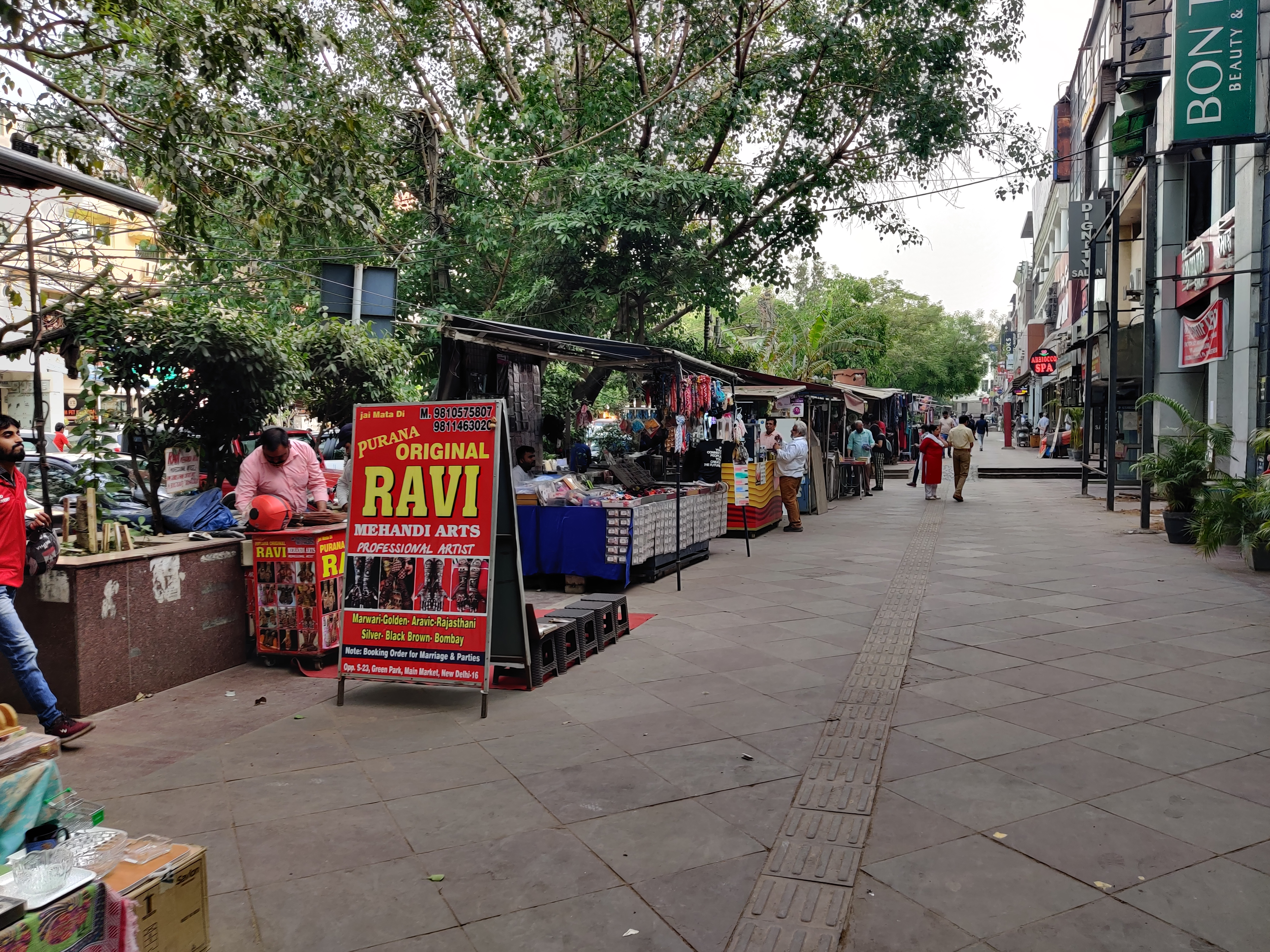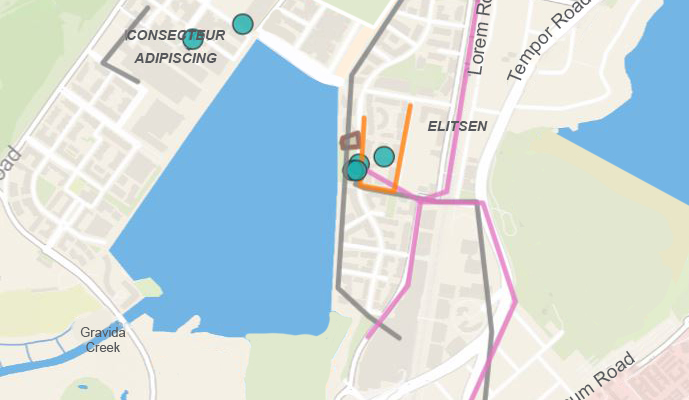City Know-hows

We ask whether streetscape design can be used to alleviate anxiety. Let’s understand how we can alleviate anxiety of the people on streets through their daily experiences while walking.
Share
Target audience
Landscape architects, urban designers and urban policy makers. City mayors. Mental health researhers.
The problem
Urbanization has caused an increase in anxiety among the residents of the cities. Urban design, especially streetscape design, has the potential to reduce urbanisation’s impact on people’s mental health. Since anxiety is a critical mental health issue that needs to be reduced, thus everyday Streets can contribute to alleviating anxiety via streetscape design.
What we did and why
This paper is an attempt to understand the issue in depth and explore the streetscape elements which have a plausible relation with the anxiety of the people. The study has explored the literature associated with streetscape and mental health, specifically anxiety to understand the existing association between the two.
Our study’s contribution
This interdisciplinary research adds to the subject of urban design and mental health by explaining which streetscape elements may have an impact on anxiety.
It defines a theoretical framework explaining the association which can be taken further for detailed research on the subject.
It also highlights the associated spatial and psychological factors which may have a plausible mediation between streetscape design and anxiety
Impacts for city policy and practice
This research will bring focus on the elements which needs to be looked at for reducing the feeling of anxiety.
The policies which have till now focused on the specific guidelines may look into some elements as the comprehensive unit and regulate the streetscape design accordingly.
Further information
Full research article:
Towards anxiety alleviating streetscape design: A comprehensive literature review by Sayna Anand and Tina Pujara.
Related posts

With new advances in public participation Geographic Information Systems and the increasing use such these tools for participatory mapping of various spatial data, urban designers need to understand the usefulness of these tools in investigating micro-scale physical characteristics of urban settings.

This comparative study of 10 cities across the globe aims to understand the major factors that drive the sprawl conditions and their impact on the outer edges of the cities. Land is a very potential natural resource that has been exploited over the past few decades. Migration of people in search of better living conditions has led to the formation of cities, which are deemed to provide better quality of life. However, the rate of influx has become very high, leading to saturation in cities and forcing people to move towards the outskirts.

Community well-being is acknowledged as being ‘greater than the sum of its parts’. Our paper identifies current gaps in Community well-being assessments and recommends participatory mixed methods.